Another Hat to Don – Project Management Skills Help with KDP
One of the biggest misconceptions about Project Management is that it’s something only Project Managers do. The truth is everyone has these skills, if you want a fancy title then consider yourself a Functional Project Manager. It’s not just a fancy title, it’s also true, you’ve picked up and used those skills to a functional level. You don’t even have to take my word for it, PMI one of the world’s leading Project Management Certification companies offers Kickoff a free course and toolkit. I definitely recommend spending the 45~ minutes it takes to go through one of the courses, well being honest I recommend doing both. You even get 2 spiffy badges of your own when you’re done! See:
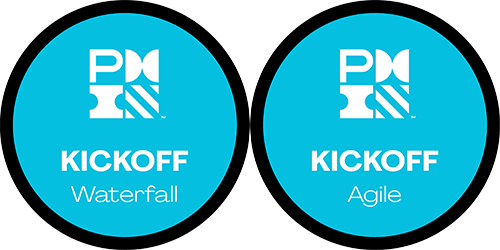
Even if those badges aren’t that tempting you do get quite a bit of resources and knowledge that can be incredibly helpful.
Okay, let’s move on to how I’ve used my Project Management skills to help with making books for Amazon KDP.
Making spreadsheets (in Microsoft Excel or Google Sheets) can be a great way to keep track of your books. Here’s an example of my book idea spreadsheet:
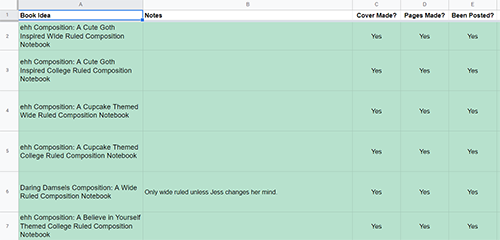
As you can see it isn’t too fancy but it can help you keep track of the progress. Especially when you’re starting out and you’ve picked simpler Low-Content Books it might be more than enough. I’ll break down my rationale with this list:
- Book Title – This starts as an idea title, once I finish the book I update this with the actual title.
- This makes it easier to keep track of down the line.
- Notes – If the ideas have a bit more details, depending on how low content or if you’re taking requests this might get sporadic use. It is still good to have.
- I also break the book down into basic high-level steps so I can track the progress of the book. I track:
- Cover Made
- Interior or Pages Made
- Published
Initially, you might be thinking this is a lot of work however when you forget an idea for a book that you thought was amazing at the time, you might be kicking yourself. A nice perk of using Google Sheets is they’re free and usually easily accessed through your phone. I use a similar sheet to track my blog post ideas.
This is a quick view of my Book Listing spreadsheet:

I know it might be hard to see but my intent is to show you what can be done more so than exactly copying me. Here’s how I break this down:
- Set Price – I wanted to be able to keep track of price changes as I’ve seen several times prices were changed for various reasons that might not have been conveyed to the creator.
- Profit – Note this changes depending on costs to publish a book at the time it is published.
- Format – While it might not seem important initially that might change as you expand your bookmaking. I haven’t made any Kindle books yet also you may want to consider glossy vs. matte here.
- Paperback
- Hardcover
- Title
- Subtitle
- Author Name – I split mine up with first and last just in case I decide to ever publish anything with a different pen name than ehh Books.
- Description – This is great if you’re making multiple versions or to have as a reference point for your book descriptions on Amazon.
- Keywords – There are 7 and as time goes on you might find better keywords. I like to keep track of the current ones to quickly compare without having to go into the edit pages on Amazon KDP.
- Categories – I only use 2 but I like keeping track of these as it helps to have the reference again without having to go into the edit pages.
Another alternative that I like using for bigger projects is Jira. It is free and it can come in handy for tracking progress as well. It has a mobile app so it is just as accessible as Google Sheets. The one downside is that it doesn’t have an easy way to duplicate elements where Google Sheets does.
Here’s an example of me using Jira for a couple of D&D books I’m working on:
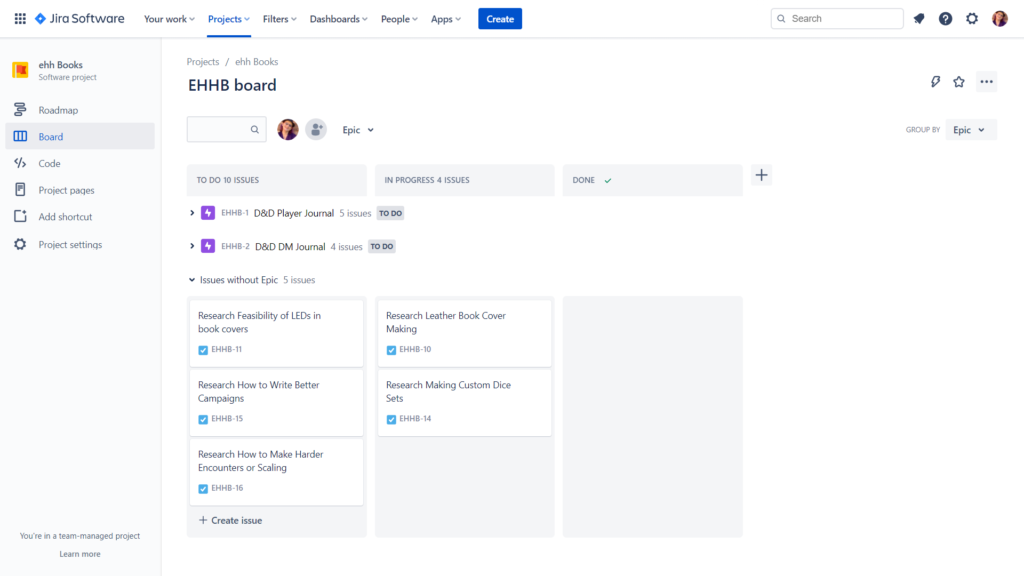
You can expand the phases as you need but I think you get the basic idea.
- To-Do – This is a premade phase. Here I’ve listed all items I need to do at a high-level definition.
- In Progress – This is a premade phase. Here I move things I’m working on at the time.
- I will point out you should consider realistically how many things can you be working on at the same time.
- Done – This is a premade phase.
While the tools might not seem as familiar to some I’m sure they’ve reminded you of ways you use Project Management techniques without even thinking about it. We typically pick up these skills over time as we need them but being aware of them and how to use them can be a huge help.
I hope that with these examples you can get ideas of how you can incorporate Project Management elements to help make your bookmaking easier.
Please let me know if there’s anything you’d like me to expand upon or if this helped you out!
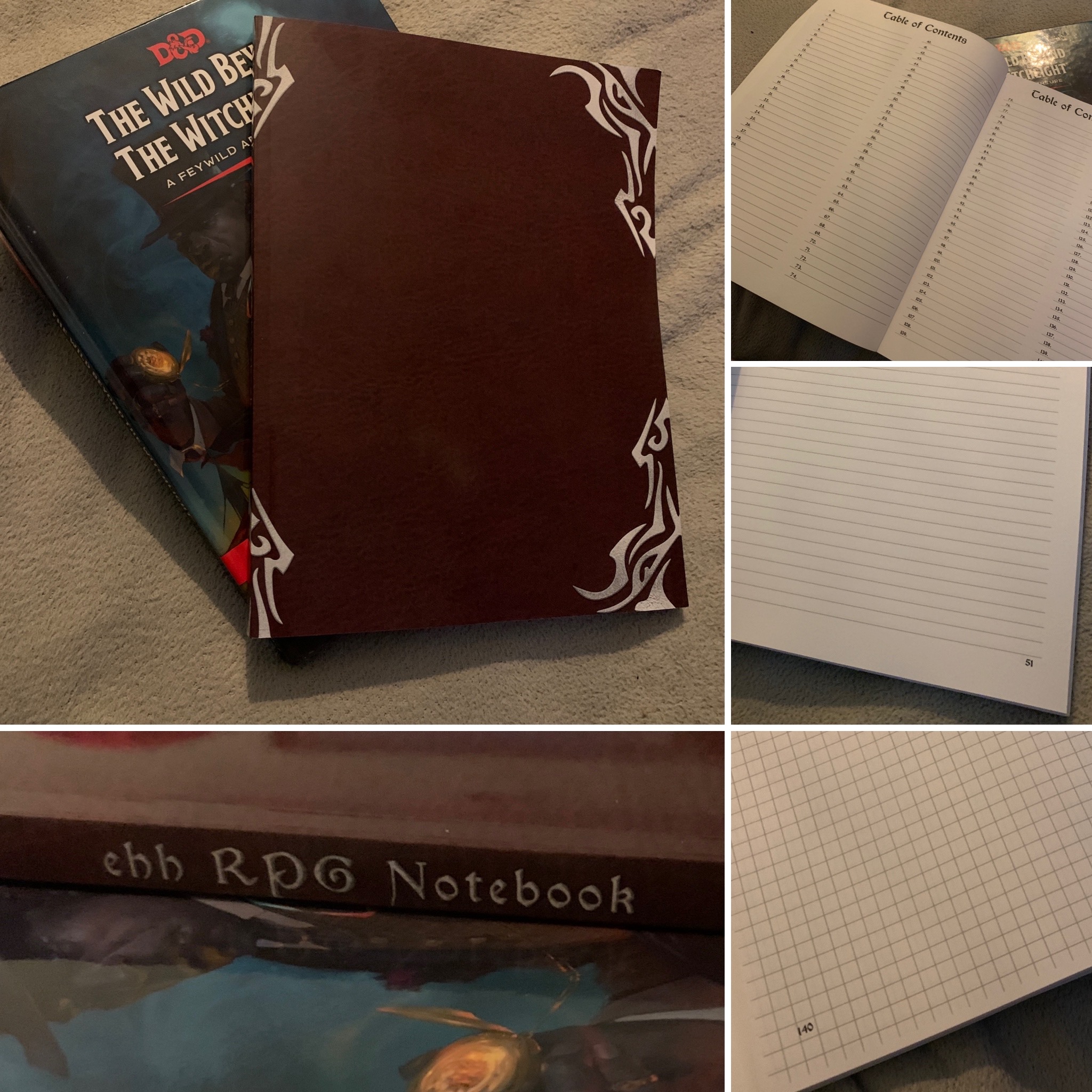
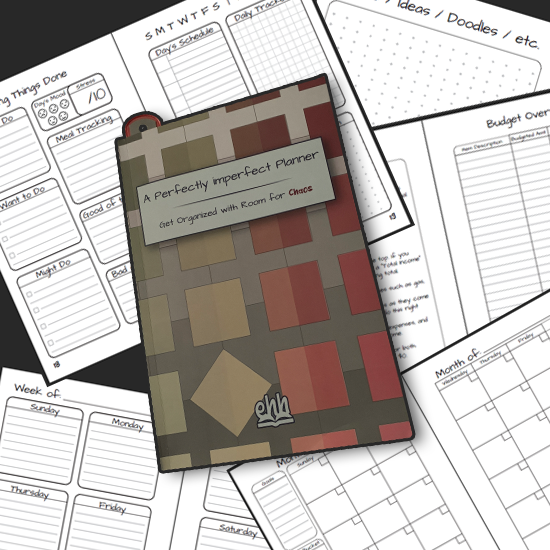

Share your thoughts!